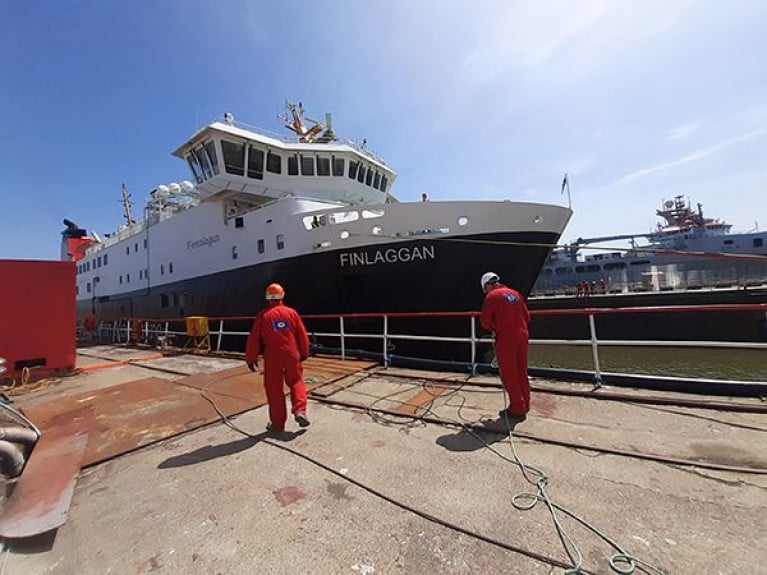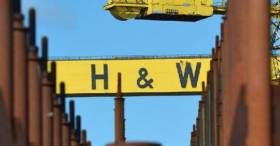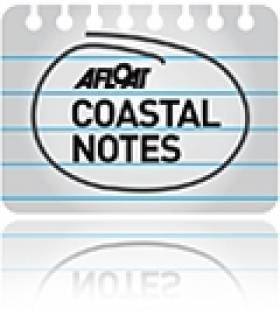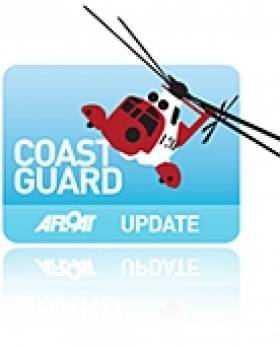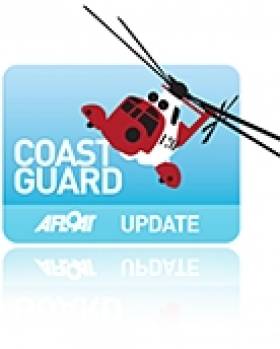Displaying items by tag: contract
According to Merseyside shipyard Cammell Laird, demand for longer term repair and maintenance framework relationships from ferry operators is increasing as the sector prepares to recover from Covid.
Despite a reduction in ferry projects at the UK facility in Birkenhead, north-west England, during 2020 as many operators, particularly those involved in passenger traffic, delayed all but vital work – the market for wider maintenance and repairs is improving.
In particular, ferry operators are showing an appetite for longer term contracts and greater collaborative working with the supply chain, rather than dealing with routine repairs and maintenance on a purely annual or individual basis.
Neil Harden, Commercial Director at Cammell Laird Shiprepairers & Shipbuilders Limited said: “Although there was a reduction in ferry work during 2020 due to the pandemic, there is a growing movement away from short term thinking in favour of longer term solutions.
“Ferry operators are seeking greater certainty. That’s in relation to cost and vessel availability, but perhaps more importantly in the workings of these supplier relationships too. In our experience it is long-term collaborative partnerships that yields the in-depth knowledge of vessels that is so crucial to effective problem solving, maintaining the highest level of vessel availability and increasing programme efficiencies.”
This approach also affords Cammell Laird the opportunity to plan ahead – ensuring dock, equipment and resource availability and communicating with subcontractors well ahead of time.
In January, Cammell Laird secured a four-year contract with CalMac, one of the UK’s largest ferry operators, for the annual maintenance and dry docking of the five largest vessels in its fleet, using this model.
The contract from CalMac provides a long-term, collaborative and cost saving approach for the MV Clansman, MV Loch Seaforth, MV Lord of The Isles, MV Finlaggan and MV Hebrides. Each of the ferries will dock at Cammell Laird each year.
Neil added: “We had enjoyed a long-standing relationship with CalMac Ferries for some time, but this is the first time we’ve been awarded a long-term framework type contract in this way.
“Since the start of this year, interest in this long term contractual model has really piqued and we are currently exploring a number of similar agreements with several major UK ferry operators. We have the optimum facilities to support the ferry sector with four docks to suit larger vessels, plus the afloat berthing facility in the wet basin is used for MCA life raft deployments and running engines under load after major overhauls.”
During 2020, Cammell Laird delivered projects also for CalMac's MV Finlaggan (as pictured) for rudder repairs. In addition Seatruck Ferries’ ro ro freight ferry mv Arrow following grounding damage, and another of ro ro freighter MV Clipper Point, that was in dry-dock for bow thruster repairs.
In the first quarter of 2021 Cammell Laird undertook seven scheduled ferry dry dockings. Another 13 routine repair and maintenance dry dockings are scheduled for later this year.
Contract from Royal Navy Could be Vital Lifeline for Harland & Wolff Shipyard
Shipyard Harland & Wolff has taken a step closer to survival with confirmation that the consortium to which it belongs has been awarded a £1.25bn contract to build new warships.
As the News Letter reports, East Belfast MP Gavin Robinson described the decision – giving the green light for the Babcock-led consortium to build the Type 31e Royal Navy frigates – as a “boon” for the Belfast shipyard and said it was “hugely encouraging”.
The news come as Belfast Harbour launched a strategic plan to invest £254 million in new infrastructure which will help generate 7,000 new jobs.
The development at Harland & Wolff is a vital lifeline for a company that went into administration just over a month ago.
For more click here on the story
Irish Oil Firm Wins Lucrative Australian Gas Field Contract
A US$2 billion-plus contract to work in the Gorgon gas fields project in Western Australia has gone to Irish oil company Kentz, the Irish Echo reports.
The work involves support in various aspects of the construction of three processing plants for liquefied natural gas from the Greater Gorgon fields - some 130km from the northwest coast of Western Australia - with a total annual capacity of 15 million tonnes.
According to Kentz, the contract will create more than 1,650 jobs for construction personnel in Western Australia.
The Irish Echo has more on the story HERE.
Irish Coast Guard Chopper Deal Could Be Model for UK
The director of the Irish Coast Guard has outlined the thinking behind its recent €500m deal for helicopter search and rescue services.
Chris Reynolds told Rotorhub that a simplified model based on key critera was adopted when choosing a bigger for the contract, which was awarded to CHC Ireland last year.
"With our contract, we essentially wanted to continue with what we already had, but with new technology," he said.
Rotorhub reports that the Irish Coast Guard formed a Future Helicopter Study Group to discuss the service's needs before the tender process which led to the 10-year deal for five Sikorsky S-92s.
The process stands in contrast to SAR-H, the UK's programme to overhaul its helicopter fleet which collapsed last year.
"If the UK needs to be looking at a new interim contract, they could look at how we did it," added Reynolds.
Rotorhub has more on the story HERE.
Marine Minister to Have Air-Sea Rescue Remit
Minister for the Marine Simon Coveney will have the remit for air and sea search and rescue services, it has emerged.
The Irish Times reports that the move is part of a promised consolidation of maritime functions under the new programme for Government.
Responsibilty for the Irish Coast Guard will however remain with Minister for Transport Leo Varadkar until an official transfer which is expected in the next few weeks.
Meanwhile, fellow Fine Gael TD and Minister of State for NewEra, Fergus O'Dowd, intends to push for a review of the State's €500m contract for search and rescue services with CHC Ireland.
O’Dowd said there were “significant questions to answer” over the deal signed by former Transport Minister Noel Dempsey last year.
The Irish Times has more on the story HERE.



























